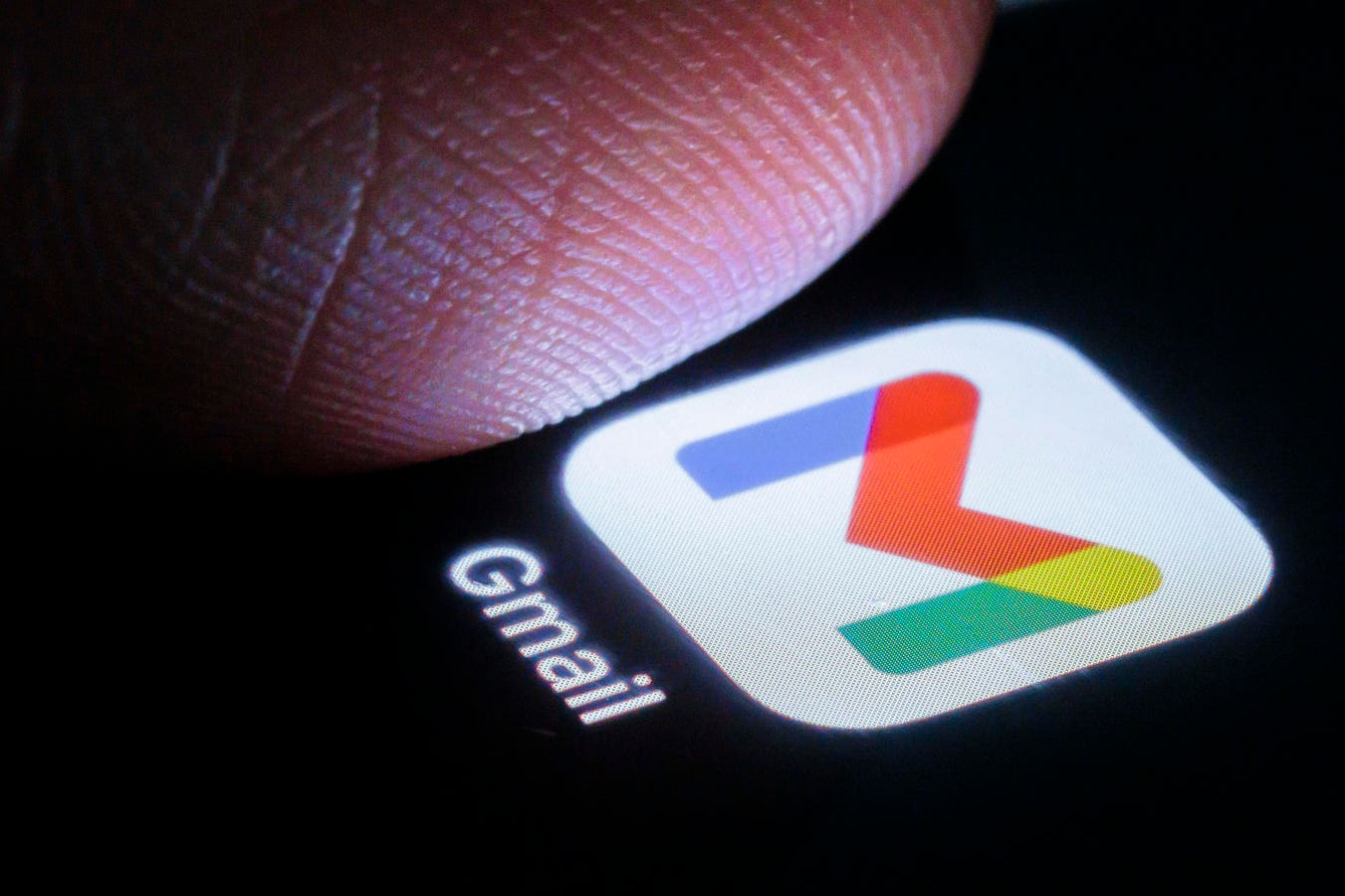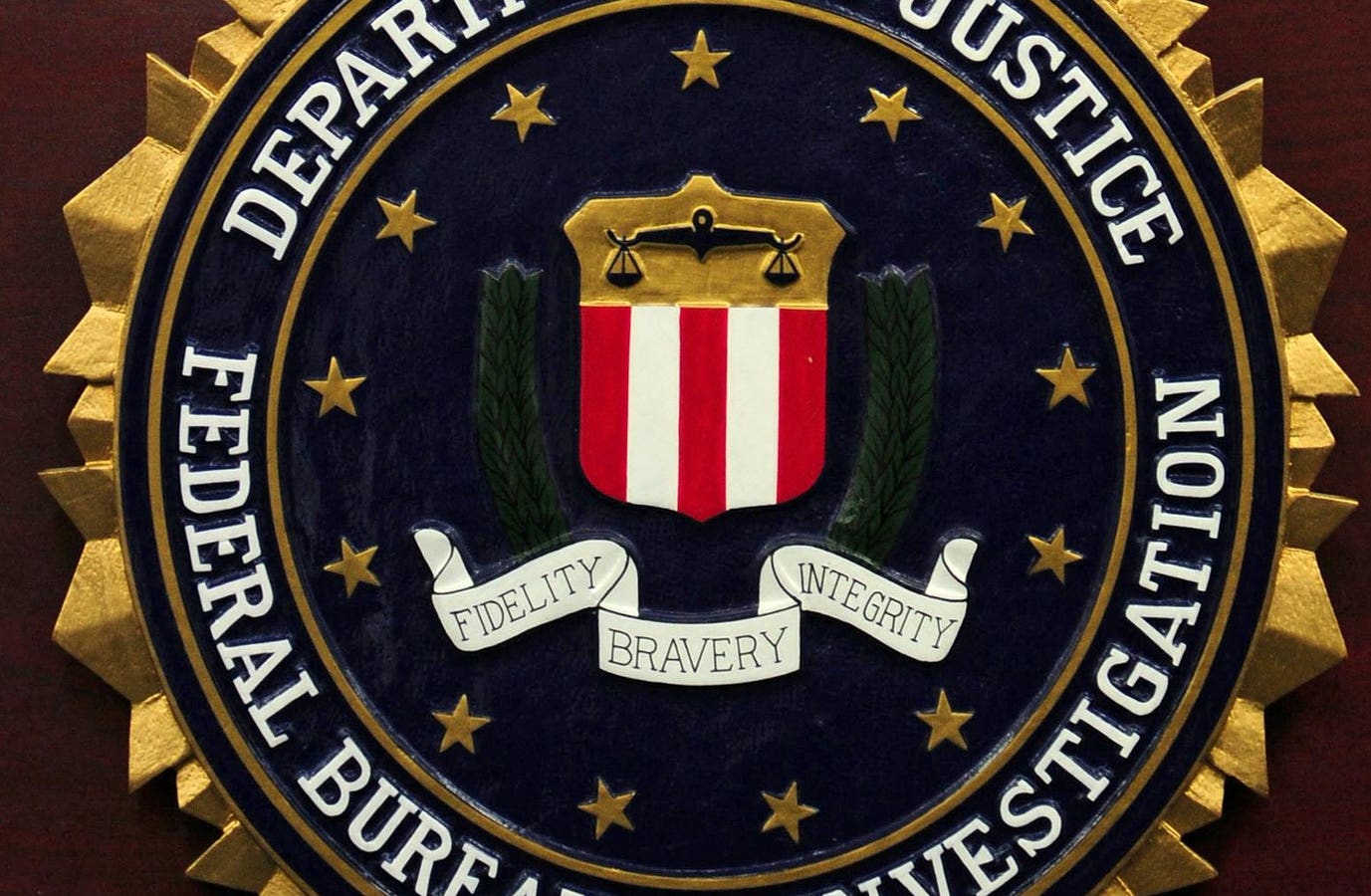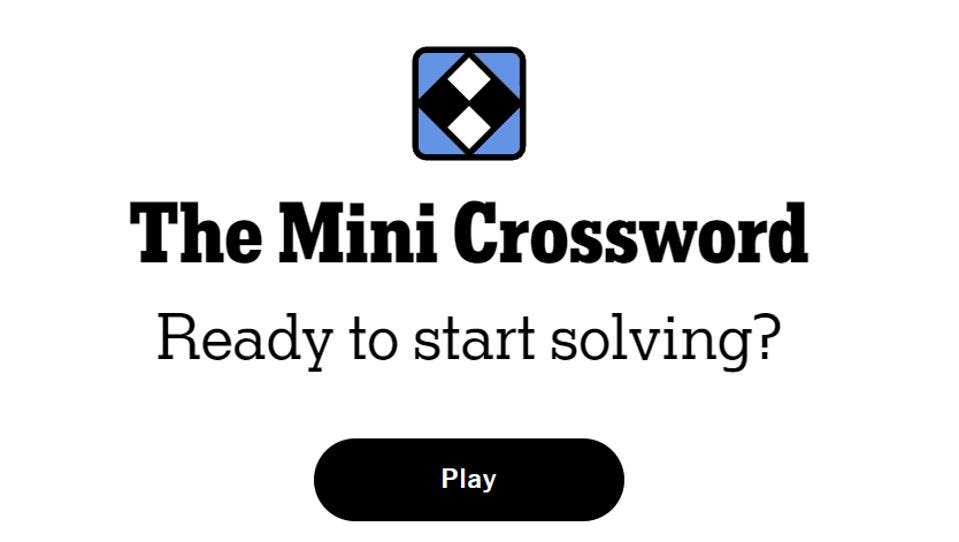Woman have tinnitus,noise whistling in her ears
Summer is here, and so is the seasonal surge in sound, urban noise, social noise, and even the quiet missing from our homes and workplaces. But noise is not just a nuisance. Increasingly, it is a measurable health and business risk.
This June series explores how we are rethinking noise not just through avoidance but through innovation. From ear protection to haptic sound and emerging wellness experiences, a new market is emerging. Call it the Noise Economy. It is louder, more disruptive, and more threatening to our health than we realize.
Noise Is Everywhere Now
Noise is everywhere in my world. As someone who has worn hearing aids for most of my life, I am acutely aware of sound and noise. It is the constant companion I did not invite. Background noise has quietly crept up in volume and impact in restaurants, airports, stores, on the street, and even in my home.
And I am not alone. Spend time with younger cohorts today, and you will see that noise is becoming their normal, too. A generation raised on personal digital devices and open-office culture now moves through the day surrounded by an array of auditory factors—alerts, conversations, video conferences, background noise, and personal audio streams. Many attempt to tune out one layer of noise by adding another. The body still takes it in, and the mind still fatigues.
Twenty years ago, noise looked different. If you worked in a corporate office, chances are you had walls, a door, or a cubicle providing acoustic separation. Many meetings took place face-to-face or over the phone, not on video. Background chatter was limited. When you left the office, your auditory environment changed again—perhaps the street was noisy, but your home was primarily a place of quiet.
Life provided more moments of auditory relief. Today, that relief is harder to find.
The way we carry sound has evolved alongside this rise in background noise. The original Sony Walkman, launched in 1979, gave people their first taste of portable music. It was a dedicated device used with intent. In 2001, Apple launched the iPod, making it possible to carry an entire music library in your pocket. Microsoft introduced the Zune in 2006, bringing its vision of portable digital music to market. Then came the iPhone and a wave of Android devices, collapsing music, communication, and constant connectivity into a single screen and pair of earbuds. Now, for many people, audio is an always-on layer of life. We are surrounded by noise and often add more of it ourselves.
Today, we live in an always-on auditory environment. Devices chirp, alerts ping, and voices echo across open-plan spaces. In urban environments, construction noise is no longer confined to daytime hours. The piercing sirens of police, fire, and emergency vehicles add another layer of stress to our environments.
Restaurants have long been noisy, and in many ways, they remain unchanged. Today, that experience is layered on top of an already noisy lifestyle. Many now intentionally amplify the buzz through background music, believing that more noise equals more energy and revenue. Yet for customers and staff alike, it often leads to the opposite: auditory fatigue and disengagement.
At home, HVAC systems hum, and appliances chime. Even wellness spaces, meant to calm us, often rely on background music and brand-driven sound.
But here is what is missing from the conversation. Noise is no longer just about how loud it is. It is about how much our brains must process to navigate modern life. The cognitive load of unmanaged sound is becoming one of our time’s least discussed health and productivity challenges.
The Hidden Cost of Constant Noise
Humans evolved in environments where sound signaled something important. Now, we live in a world of meaningless noise, forcing our brains to sort through an endless stream of irrelevant sound. Every notification that pulls your attention, every video meeting layered with background chatter, and every conversation forced through a wall of ambient noise. That constant filtering burns energy, creates stress, and weakens focus and clarity. Over time, it can trigger fatigue, anxiety, and even cardiovascular strain.
The World Health Organization classifies noise pollution as Europe’s second most significant environmental health threat after air pollution. In the United States, the CDC links chronic noise exposure to sleep disruption, hypertension, and impaired cognitive performance. For employers, this translates to rising workplace fatigue, decreased productivity, more frequent errors, and higher health-related costs. Yet, in most organizations, noise remains an unexamined variable. As leaders examine it, they will find that unmanaged noise carries real costs and clear opportunities for those who act first.
Why Businesses Should Start Listening
For businesses, unmanaged noise is no longer just an operational annoyance. It risks customer experience, employee well-being, and brand value. Leaders who understand this are beginning to gain an edge, and those who ignore it risk falling behind.
- In stores, noisy environments lead to shorter visits and fewer purchases
- Noise in offices disrupts focus and collaboration. The impact is amplified for employees with hearing differences or sensory sensitivities.
- In hospitality, noise undermines the comfortable experience brands are trying to deliver
These impacts are not hypothetical. The data is mounting and tells a clear story that leaders can no longer afford to overlook.
The Evidence Business Leaders Cannot Ignore
The data is clear. Noise is not just affecting personal well-being. It is shaping customer choices and workforce dynamics in measurable ways.
Akoio partnered with Chute Gerdeman on the Auditory Experience Will Shape the Future of Retail report. It highlighted that many stores peaked above 80 dB, hindering shoppers, staff, and internal communications, even in luxury environments.
Supporting that, Quiet Mark’s 2023 UK National Noise Report found that 84 percent of respondents across home, workplace, and hospitality settings consider it essential to have quiet moments. Quiet Mark’s 2022 United States study revealed that 68 percent of Americans factor workplace noise levels into their job decisions.
In short, noise is not an abstract issue. It is influencing real business outcomes today.
Where Leaders Can Start
Every organization has an opportunity to rethink how it manages auditory health. For leaders ready to take action, these are the first questions to ask:
- How is noise affecting our customer experience?
- Is auditory fatigue impacting employee wellness and retention?
- Are we using noise strategically or leaving it unmanaged and unmeasured?
- Do we have real insight into how noise shows up in our environments?
The answers to these questions will shape well—being, brand loyalty, workforce resilience, and competitive advantage.
The Rise of the Noise Economy
So, where do we go from here? That is where the opportunity lies.
We are witnessing the emergence of what I call the Noise Economy. It is an ecosystem of products and experiences that help people manage noise and improve auditory wellness.
It spans categories such as:
- Modern ear protection is no longer limited to musicians and construction workers. Brands like Loop, EarPeace, EarFab, and Eargasm are creating sleek, wearable earplugs designed for everyday life, concerts, travel, and workplace use.
- Haptic audio experiences. Companies like Not Impossible Labs and EDGE Sound Research are pioneering ways to feel sound through vibration, making it more accessible, immersive, and emotionally rich.
This is no longer a niche. Growth is fueled by aging populations and younger consumers prioritizing sensory health and mental well-being.
Where We Are Headed
Over the next few weeks, I will explore these categories in depth, highlighting innovators, opportunities, and what businesses need to know.
If your company has not started managing noise as part of its workplace or customer experience strategy, now is the time. For the next generation of customers, employees, and communities, how companies manage sound may prove as critical as how they manage air and light. In upcoming articles, we can begin to understand how to counteract noise by mitigating it and using sound to support our auditory health.









